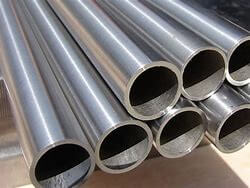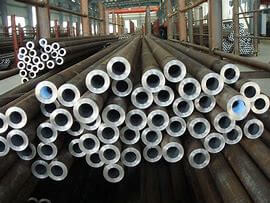Here are some factors to consider when installing 304 stainless steel flanges:
1. Flange design and type: The selection of the appropriate type of flange depends on the specific requirements of the application, such as the pressure rating, temperature, and fluid type. It is important to ensure that the flange meets the necessary standards and specifications for the intended use.
2. Gasket material: The gasket material is an important consideration when installing flanges. The gasket is used to provide a seal between the flanges, and it must be compatible with the fluid being transported and the temperature and pressure of the system.
3. Bolt torque: The bolts used to secure the flanges must be tightened to the appropriate torque to ensure a proper seal. Under-tightening can result in leaks, while over-tightening can damage the flange or gasket.
4. Pipe alignment: The pipes must be properly aligned before installing the flanges to ensure that the flanges can be bolted together correctly.
5. Surface preparation: The surfaces of the flanges and pipes must be clean and free of debris, rust, or other contaminants before installation. Any surface imperfections should be corrected to ensure a proper seal.
6. Flange orientation: The orientation of the flange must be correct to ensure that the bolts can be properly tightened and that the gasket is properly aligned.
7. Inspection and testing: After the flanges are installed, they should be inspected and tested to ensure that they are properly aligned and sealed. This may include a visual inspection, pressure testing, or other non-destructive testing methods.
Overall, proper installation of 304 stainless steel flanges is critical for ensuring a safe and reliable connection in various applications. It is important to follow the manufacturer’s instructions and industry standards and to use appropriate tools and equipment to ensure a proper installation.




